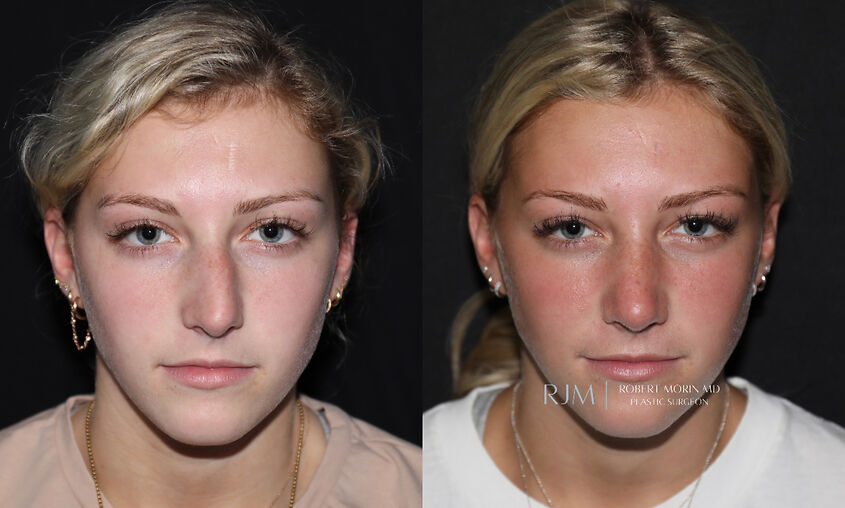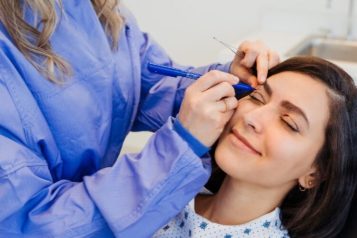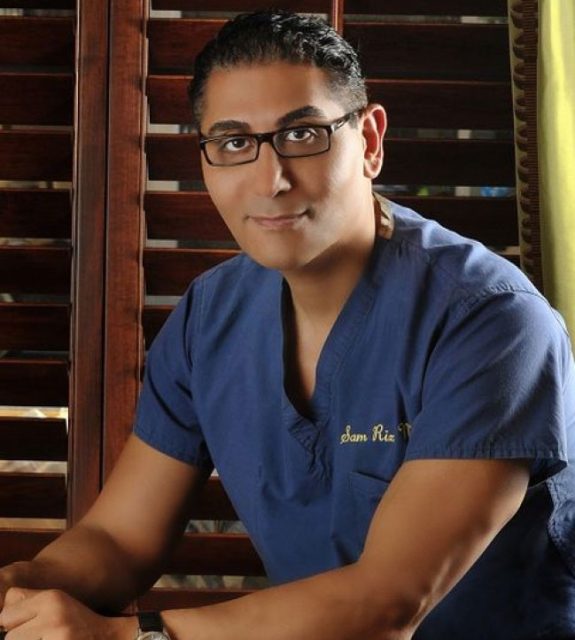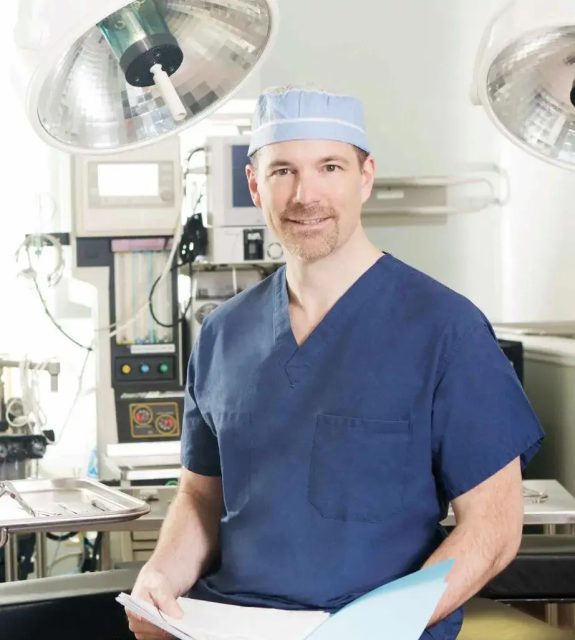Step into the captivating world of rhinoplasty, where the pursuit of the perfect nose unfolds as a uniquely personal and transformative journey. In a world where every snapshot and selfie holds the power to scrutinize our facial features, the allure of rhinoplasty has never been more compelling. Join us as Dr. Robert Morin, one of our Haute Beauty Experts, dives into an in-depth exploration of the nose's transformative journey.
 Photo Credit: Courtesy of Dr. Robert Morin
Photo Credit: Courtesy of Dr. Robert Morin
Unlocking the Motivations
People generally undergo rhinoplasty because there are specific things about their nose that they do not like. Whether it is a bump on the dorsum, a large drooping tip, or an overall crooked appearance, small distracting aspects of a nose can have a profound effect on the overall appearance of the face. The widespread use of the iPhone and social media has amplified this point with its unrelenting draw of attention to our faces. Positioned at the core of the face, the nose takes center stage in this spotlight. Countless patients visit me expressing dissatisfaction with their appearance in photographs, often sharing pictures to help convey their specific concerns about various angles. In my experience, patients typically express a desire to maintain their own unique appearance while seeking a change that eliminates any distracting aspect of their nose, redirecting attention back to the overall harmony of their face.
Navigating the Aftermath
The recovery after rhinoplasty generally takes somewhere between 1-2 weeks. I prefer to have my patients wear a nasal splint or tape for a period of two weeks, during which they may experience swelling and bruising, particularly around the eyes, which can persist for up to two weeks. Typically, my patients resume their work or school activities within a span of one to two weeks. However, it's worth noting that swelling, particularly in the nasal tip, may persist for a duration of one year. Therefore, when we talk about the final result, we are talking about what you see one year from surgery.
Deciding on Rhinoplasty
Opting for rhinoplasty is a profoundly personal decision that should be approached with due consideration. Ideal candidates typically have a finite set of specific concerns and maintain realistic expectations. It's crucial to grasp that the concept of a perfect nose or face is elusive, as the human body inherently exhibits asymmetry and imperfections. The objective of rhinoplasty surgery is to enhance contour and symmetry while eliminating distractions, rather than aiming for a flawless nose. The crucial aspect of rhinoplasty lies in managing expectations. If a patient is pursuing perfection, plastic surgery may not be the ideal choice. However, if the goal is to eliminate a distraction or enhance a specific aspect of the nose, surgery could be a suitable option.
Decoding Nasal Function
The airflow within the nasal passages is a multifaceted process with numerous variables. The septum, the turbinates, and the nasal valves are all intrinsic aspects of the nose that can be altered in order to improve function. There are other factors, however, including large adenoids, a high-arched palate, and allergic rhinitis that can play a role in nasal air flow but are not addressed during rhinoplasty or even septoplasty surgery. Therefore, functionality can be improved by means of a rhinoplasty or septoplasty. Yet, if the nasal airway obstruction results from an external factor beyond surgical control, alternative interventions may be required to enhance nasal function.
If you find yourself contemplating this transformative experience, why not take the next step? Reach out to Dr. Morin today for a personalized consultation and embark on your own path toward a more confident and beautiful you.
For more information, visit Robert Morin, MD's social media:





















